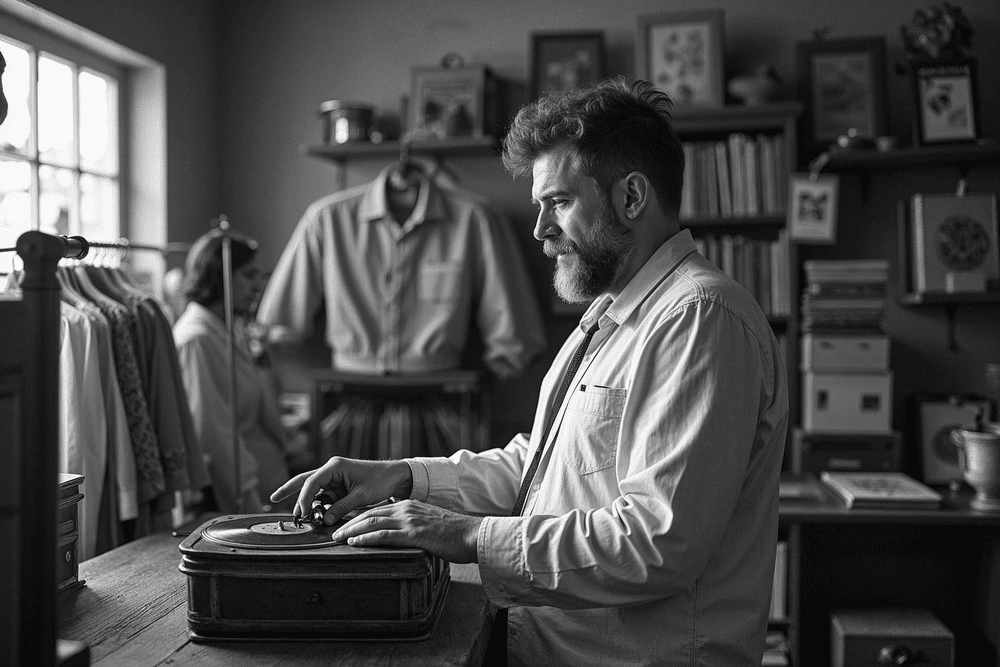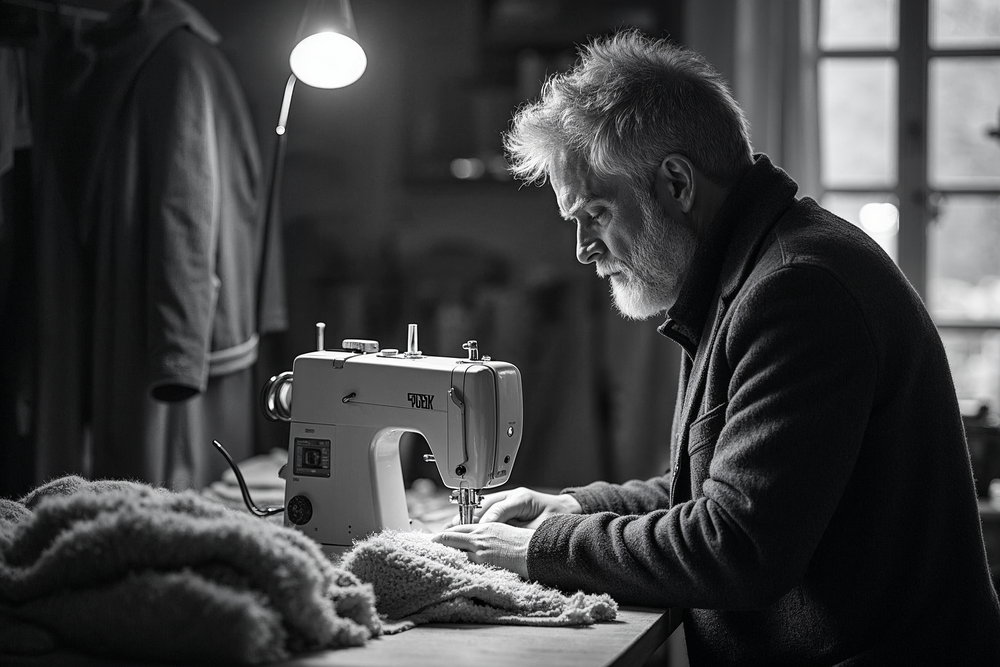The Ultimate Guide to Thrift Store Treasure Hunting
Mia Santos
2025-10-16
6 min read

There’s something magical about walking into a thrift store. The scent of nostalgia hangs in the air, the racks are overflowing with mystery, and every corner holds the promise of a hidden gem. Whether you’re a collector, a fashion enthusiast, or someone who simply loves the thrill of discovery, thrift store treasure hunting can be as rewarding as it is exciting. But while anyone can browse, mastering the art of uncovering true treasures takes time, strategy, and a keen eye.
Finding the Right Places to Search
Not every thrift store is equal when it comes to what you’ll find. Major chains like Goodwill and Salvation Army offer a steady rotation of donations, meaning there’s always something new to browse. Smaller independent thrift stores, on the other hand, often carry more unique, one-of-a-kind pieces. Some of the best treasures are tucked away in community-run or church-affiliated shops that don’t see as much traffic. The neighborhood the store is in can also make a big difference. Thrift stores in wealthier areas often receive donations from people clearing out designer wardrobes, upgrading furniture, or downsizing high-end home décor. Meanwhile, stores near college campuses can be great for trendy clothes, tech gadgets, or furniture from students on the move. Even small-town thrift stores can surprise you with vintage finds that haven’t been picked over by resellers.
Timing Is Everything
Veteran thrifters will tell you that success is all about timing. New donations typically hit the floor early in the week, right after busy weekends when people drop off unwanted items. Visiting in the morning can also give you an advantage, since shelves are freshly stocked and less crowded. It’s always smart to ask the staff when new inventory tends to arrive. Most thrift stores have a regular donation schedule, and knowing those days can help you plan your visits when the best items are available. You might also score big after holidays or moving seasons when people are decluttering their homes.
Dress Smart and Be Prepared
Thrift shopping is an adventure, and like any good explorer, you’ll want to come prepared. Comfortable clothing is essential since you might be bending, reaching, or trying on multiple items. Wear something easy to slip in and out of — like leggings and a fitted top — and bring reusable bags to carry your finds. A small flashlight or phone light is handy for checking the condition of items in dim corners, while a measuring tape can save you from buying furniture that doesn’t fit your space. These little preparations make a big difference when you’re out treasure hunting for hours.
Develop an Eye for Quality
The best thrift store hunters don’t just see what’s in front of them — they see potential. To spot quality, start by learning how to recognize craftsmanship. When it comes to clothing, check for solid stitching, natural fabrics like cotton, silk, or wool, and designer or vintage labels that stand out. For furniture, sturdy joints, smooth drawers, and solid wood construction are signs of durability. If you’re hunting for collectibles, familiarize yourself with logos, hallmarks, and serial numbers that indicate authenticity. It might take time, but soon you’ll be able to recognize valuable materials and designs with just a glance. Many thrifters start small, then grow into experts who can instantly tell when something is worth taking home.
Use Technology to Your Advantage
Your smartphone can be your greatest thrift companion. If you come across something that looks valuable, do a quick search for the brand, label, or maker’s mark to see if it has resale value. Websites like eBay and Etsy can give you an idea of what similar items are selling for. Some thrifters use barcode scanning apps for electronics or books, while others check social media for local thrift store sales and discount days. Many stores offer color-tag promotions or special markdowns on certain days, and being in the know can help you save even more.

Explore Every Corner
One of the biggest mistakes new thrifters make is skipping sections. You might be surprised how often great finds end up misplaced. The men’s section can hide cozy oversized sweaters or denim jackets that work for anyone. The kids’ aisle might have vintage graphic tees in smaller sizes. Even the home décor or electronics aisles can hold gems like retro lamps, vintage cameras, or vinyl records. Take your time as you move through the store. Look high and low — treasures often hide in plain sight. The more patient and thorough you are, the more likely you’ll find something special.
Don’t Fear Imperfection
A lot of incredible thrift finds look rough at first glance. A coat might need a new button, or a wooden chair could benefit from a little sanding and polish. With some creativity and care, you can transform these “almost” pieces into standout items. Cleaning, repairing, or repainting thrifted finds is part of the fun — it lets you personalize them and bring them back to life. Refinishing furniture, dry-cleaning vintage clothes, or reupholstering old chairs can all turn a simple find into something beautiful and unique. Plus, upcycling is environmentally friendly and helps reduce waste, which makes every thrift success feel even better.
Make Friends and Build Relationships
If you visit certain thrift stores often, get to know the staff. A friendly conversation can go a long way. Employees often know when new donations are coming in or which items are about to be discounted. Some might even give you a heads-up when something special arrives that matches your interests.
Smaller shops sometimes allow negotiation, especially if you’re buying several items at once. Asking politely if there’s room on the price can lead to surprising savings — and it never hurts to try.
Think Beyond the Find
Once you’ve scored your treasures, imagine how they’ll fit into your life or home. A thrifted silk scarf can be turned into wall décor, a vintage suitcase can serve as storage or a coffee table, and mismatched picture frames can be repainted for a stylish gallery wall. If you love the idea of reselling, clean and photograph your items well and list them on platforms like Depop, Poshmark, or Facebook Marketplace. Many thrifters turn their passion into a side business by curating and reselling the unique pieces they find.
Enjoy the Journey
At its core, thrift store treasure hunting is about more than bargains. It’s about the joy of discovery, the thrill of the unexpected, and the satisfaction of giving old items new purpose. Every visit feels like a mini adventure — you never know what story you’ll uncover next. So, the next time you step into a thrift store, slow down and enjoy the process. Search the racks, peek behind the shelves, and trust your instincts. Somewhere in that sea of forgotten items, a hidden gem is waiting for you to find it.



